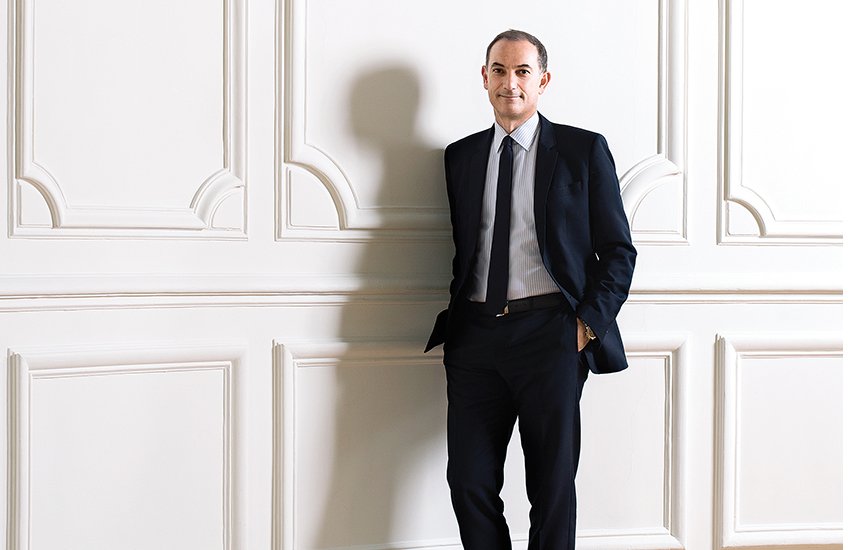Ten years ago, Givenchy, the Parisian fashion house made famous by Hollywood icon Audrey Hepburn, was one of luxury conglomerate LVMH’s least visible brands: It had only a dozen boutiques around the world. Years of uneven collections and troubled relationships with its creative directors had weakened the company, which closed its New York flagship in 2008.
Today, under the leadership of CEO Philippe Fortunato and head designer Riccardo Tisci, Givenchy is rebounding. Last year, it returned to the U.S. with store openings in Las Vegas, Miami and a two-story flagship on New York’s Madison Avenue—its 59th boutique worldwide. Market analysts estimate that the U.S. accounted for about 20 percent of Givenchy’s 2015 revenues of about $448 million. In July of this year, the company opened a store in South Florida’s Aventura Mall, and it plans to open another in South Coast Plaza in California’s Orange County in 2017. Here’s what Fortunato has to say about the company’s growth.

“The experience clients have at the store must be amazing. If you do that right, then gross is going to come naturally.”
“Hubert de Givenchy discovered America in the 1950s partially through Audrey Hepburn and particularly through exposure to Hollywood. At that time, there was no social network; TV was not global. The only way to reach out to a large group of people was through a movie.”
“People are traveling more and more. Americans are traveling more than ever outside of America. So what is important is that we have to provide in every store around the world the same experience.”
“The luxury industry collectively needs to take care of something; there is too much of everything, with no clarity.”
“The luxury consumer is getting a bit confused. Who stands for what? What price needs to be paid for what product? What is available where? All parts of the industry must go back to principles and explain who we are, why we are different from the rest of the industry and how we innovate.”
“We talk about communities more than markets. We’re not following the Chinese only in China, but we are following the Chinese as a clientele with their different ways to shop whether domestically or internationally.”









